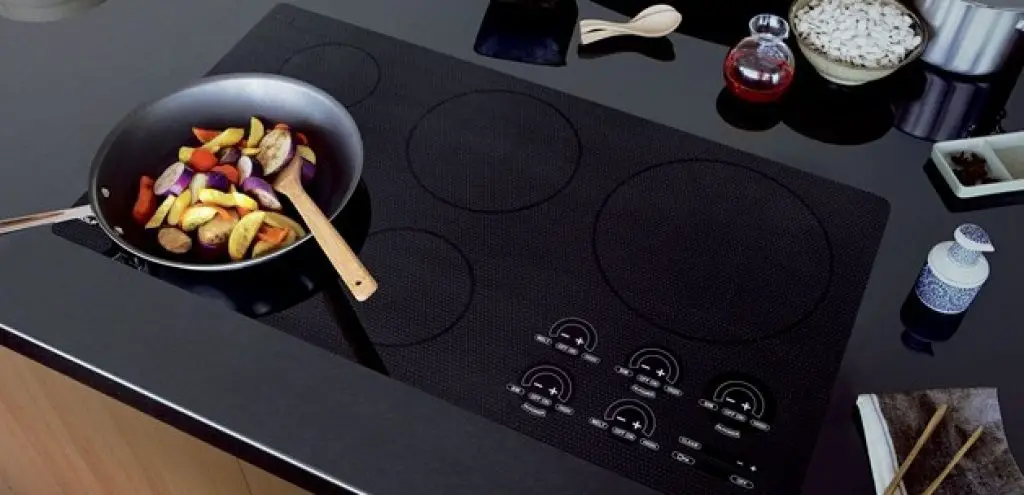
 Induction cooking made a revolution in the kitchen. But all products some good things and some bad. Let us discuss the pros and cons of the induction cooktop.
Induction cooking made a revolution in the kitchen. But all products some good things and some bad. Let us discuss the pros and cons of the induction cooktop.
Pros of Induction Cooktop:
- You do not need time to warm up the burners (in contrast to the boards with heating elements) – energy is released directly in the thickness of dishes at once with a given capacity. This closely approximates the induction cooker, for convenience, to gas.
- The Efficiency of about 90% (as opposed to 60-70% for plates with electrical resistive heating elements, and 30-60% for gas cookers) due to the absence of leakage past the heat flows from the crockery incandescent resistive heating elements or gas.
- Burners will not turn on if you do not find on the surface pans with a magnetic bottom (otherwise, it would have quickly brought down the high-frequency generator, as well as possible damage to health under the influence of a strong RF field). To turn on the burner , it is necessary to block a significant portion of its dishes area (usually the diameter of the pan should be no less than about half the diameter of the hotplate).
- When removing the crockery cooker is turned off. In the classical electric plates, resistive heating element hot plate heated continuously whether it is on the product or not – as a consequence, an additional power consumption and heating of room air. This effect also helps reduce air conditioning costs of the premises, which is especially important in the summer.
- More precisely supports dishes predetermined temperature (generally in the presence of such a possibility plates, one plate in the comparison price class) because the temperature sensor, the temperature of dishes called capture does not interfere with its glowing heat resistive heating element or a gas flame.
- Power versus voltage network is virtually absent.
- The surface of the induction cooker heats only cookware and for this reason is not heated very quickly cools off, which reduces the risk of burns.
- A large number of cooking programs (relative to gas cookers).
- In most designs, the smooth glass surface of the induction hob is easy to clean from dirt thanks to the low operating temperature, since it is extremely slow or form charred remains of hardened oils and other food.
- No unpleasant smell. In the case of the old boards with heating elements on the surface burned food particles and dust, with which is associated a nasty smell of burning.
Related Article: How to Clean Induction Cooktop At Home
Cons of Induction Cooktop
- Require specifically suitable induction cookware for induction cooking .
- In induction cookers, because of their low inertia (and features power control) when cooked in a pan with a thin bottom is able to sometimes cause an unpleasant effect of “intermittent boiling” high-end Induction Cookers spared from this: they use more sophisticated power control scheme that can heat the cookware continuously with virtually arbitrarily small capacity.
- Some induction cookers have a common high-frequency generator for several burners. —When cooking zones running simultaneously, they cannot heat up to maximum power.
- High peak power consumption, a large load on the wire.
- A possible disadvantage is the effect of electromagnetic radiation on the furnace equipment.
Also Read Article: Is the Induction Cooking Safe!!
As we mention above the pros and cons induction cooktop but the pros of induction cooktop bit the cons of it. So you can choose induction cooktop for your kitchen if you want to cook fast and safely. Induction cooktops are also energy efficient and it’s energy efficient technology make it more popular.
